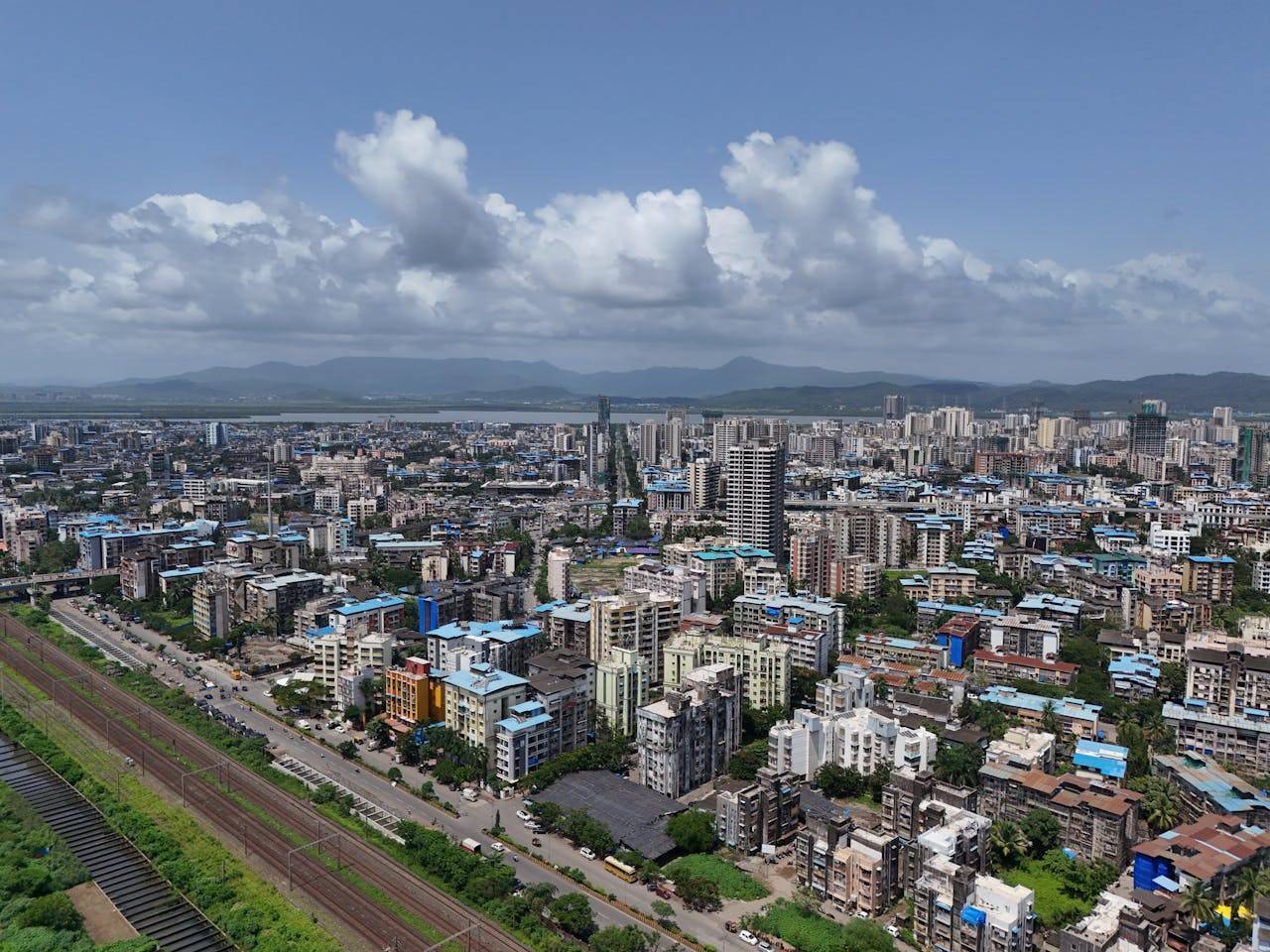The revenue collection from stamp duty and registration in Maharashtra for the ongoing financial year has raised significant concerns, with figures dipping compared to the last two years. According to the Hindustan Times report, as of December 31, 2024, the collection stood at ₹39,767 crore, which is only 72.3% of the ambitious ₹55,000 crore target set for the financial year 2024-25. This marks a slowdown in revenue generation from one of the state’s largest income sources.
Performance Comparison with Previous Years
Stamp duty and registration revenues, the third-largest income source for the state after Goods and Services Tax (GST) and sales tax, have consistently contributed significantly to Maharashtra’s financial stability. The state witnessed robust growth in this sector over the last three years, surpassing annual revenue targets. However, the current fiscal year has shown a concerning trend, with collections lagging behind the corresponding figures of the past two years.
In the previous fiscal year (2023-24), the state collected ₹35,167 crore by December 31, which was 78.15% of the annual target of ₹45,000 crore. The performance was even better in 2022-23, where 93.33% of the ₹32,000 crore target was achieved by the same period. In comparison, the revenue generated in 2024-25 reflects a significant shortfall, raising questions about whether the state can meet its financial goals for the year.
Document Registrations and Revenue Breakdown
As of December 31, 2024, the state registered approximately 19.90 lakh documents, including sales deeds, lease agreements, and memorandums of understanding. The cumulative revenue from these registrations totaled ₹39,767 crore. Despite this volume, the collections have not kept pace with the ambitious targets, partly due to economic uncertainties and market conditions affecting property transactions.
Challenges in Achieving the ₹55,000 Crore Target
The shortfall in revenue has raised concerns about the state’s ability to meet its financial obligations, particularly in light of the widening fiscal deficit. According to government officials, while the months of August and October witnessed strong collections exceeding ₹5,000 crore each, the pace has slowed in the subsequent months. To achieve the annual target, the state needs to collect over ₹15,000 crore in the remaining three months—an uphill task given the current trend.
Adding to the challenge is the potential revision of revenue targets in the upcoming state budget in March. Officials speculate that the government may raise the target by at least ₹3,000 crore, as has been the practice in recent years, making it even more difficult to achieve.
Anticipated Increase in March
Despite the current shortfall, officials remain optimistic about a significant boost in collections in March, the final month of the fiscal year. Historically, March has seen a surge in registrations and stamp duty payments due to the anticipation of revisions in ready reckoner rates, which are used to calculate the market value of properties for tax purposes.
The ready reckoner rates in Maharashtra have not been revised for three years, and a hike is expected to come into effect from April 1, 2025. This anticipation often drives property buyers to expedite registrations before the new rates are implemented, resulting in a sharp rise in revenue collections.
According to an official from the state revenue department, a significant increase in collections is anticipated in March, primarily driven by the expected hike in ready reckoner rates. Historically, such revisions have prompted a surge in property registrations as buyers aim to finalize transactions before the higher rates take effect. The official expressed confidence that this trend could help the state meet its revenue target, with the possibility of even surpassing it if registration volumes increase as projected.
The coming months will be crucial in determining whether Maharashtra can recover from the current revenue shortfall and meet its ₹55,000 crore target. The state government’s ability to stimulate property transactions and maintain public confidence in the real estate market will play a key role in achieving this goal.
Image source- freepik.com









.png)